What Bait Works Best for Fly Fishing
Fly fishing stands apart from other angling methods primarily because of its unique approach to “bait.” Unlike conventional fishing where live bait or artificial lures are used, fly fishing employs lightweight “flies” – delicate creations made from feathers, fur, and thread that mimic insects and other small creatures fish feed on. The art of selecting the right fly can make the difference between a successful day on the water and going home empty-handed. In this comprehensive guide, we’ll explore the vast world of fly fishing baits, examining which options work best for different fish species, water conditions, and seasons. Whether you’re a beginner looking to stock your first fly box or an experienced angler wanting to refine your selection, understanding the intricate relationship between flies and fish feeding behaviors will elevate your fly fishing experience.
Understanding Fly Categories
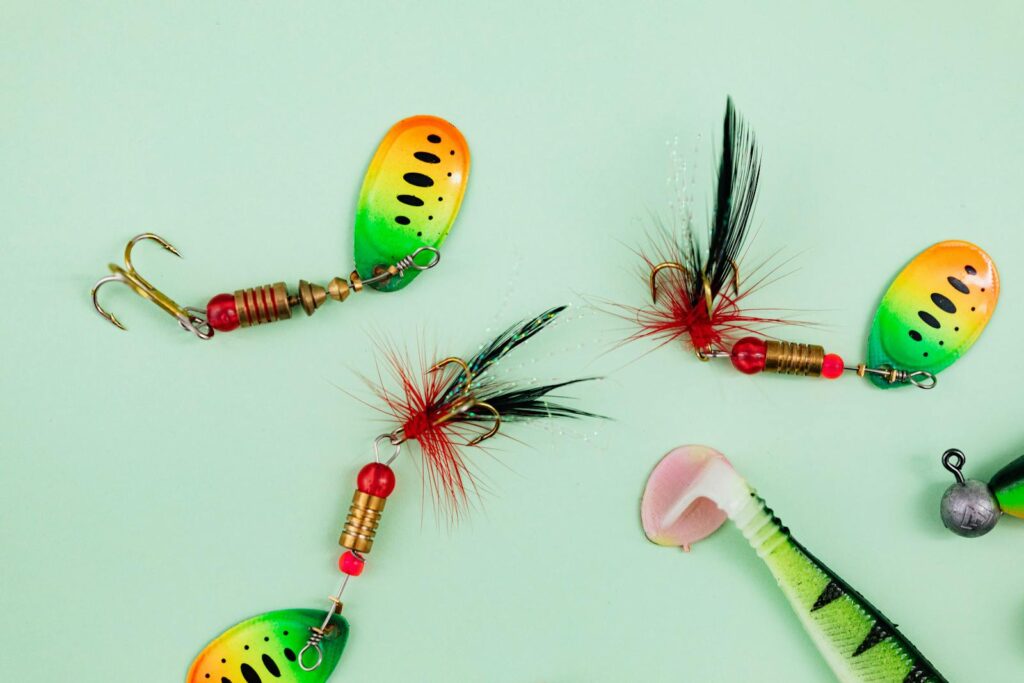
Fly fishing “bait” is categorized into four main types: dry flies, wet flies, nymphs, and streamers. Dry flies float on the water’s surface, imitating adult insects that have landed or are emerging. Wet flies are designed to be fished just below the surface, representing insects in the process of hatching or drowning. Nymphs sink deeper and mimic the underwater larval stage of aquatic insects, where fish do most of their feeding. Streamers are larger patterns that represent small fish, leeches, or other substantial prey items that trigger predatory responses. Understanding these categories is essential as they represent different stages of the aquatic food chain and appeal to fish feeding at various water depths and under different conditions.
Dry Flies: Masters of Surface Action

Dry flies represent one of the most visually exciting aspects of fly fishing, as anglers can watch the take happen on the water’s surface. Classic patterns like the Adams, Elk Hair Caddis, and Parachute Blue-Winged Olive are mainstays in fly boxes worldwide because they effectively imitate common insects found on most trout waters. The effectiveness of dry flies often peaks during insect hatches when fish are actively feeding on the surface. Size and silhouette matter tremendously with dry flies – a pattern that’s too large or presents an unnatural profile will often be rejected by selective trout.
For beginners, attractor patterns with bright colors like Royal Wulffs or Stimulators can be more forgiving while still producing strikes even when no specific hatch is occurring.
Nymphs: The Underwater Workhorses

Nymphs represent the most consistent producers in a fly fisher’s arsenal because fish feed on subsurface insects approximately 90% of the time. Patterns like Pheasant Tails, Hare’s Ears, and Copper Johns imitate the immature stages of mayflies, stoneflies, and caddisflies that make up the bulk of a trout’s diet. The key to successful nymph fishing lies in presentation – getting your fly to the right depth where fish are feeding is often more important than having the perfect imitation. Weight, either built into the fly or added to the leader, helps deliver nymphs to the feeding zone. Many experienced anglers consider nymphs like the Zebra Midge or Perdigon to be their “confidence flies” – reliable options when nothing else seems to be working, especially during winter months or in highly pressured waters.
Streamers: Triggering Predatory Instincts

Streamer flies target the aggressive, predatory nature of fish by imitating smaller fish, leeches, crayfish, and other substantial prey items. Patterns like Woolly Buggers, Clouser Minnows, and Sculpins create a larger profile in the water and often trigger reaction strikes rather than feeding responses. Streamer fishing excels during high water conditions, when targeting larger trophy fish, or when fish are in more aggressive moods. The retrieve technique dramatically affects streamer effectiveness – varying between slow, steady pulls and erratic, darting movements can help determine what triggers strikes on a particular day.
Color selection for streamers typically follows the “bright day, bright fly; dark day, dark fly” principle, though having natural colors that match local baitfish is always advisable.
Seasonal Considerations for Fly Selection
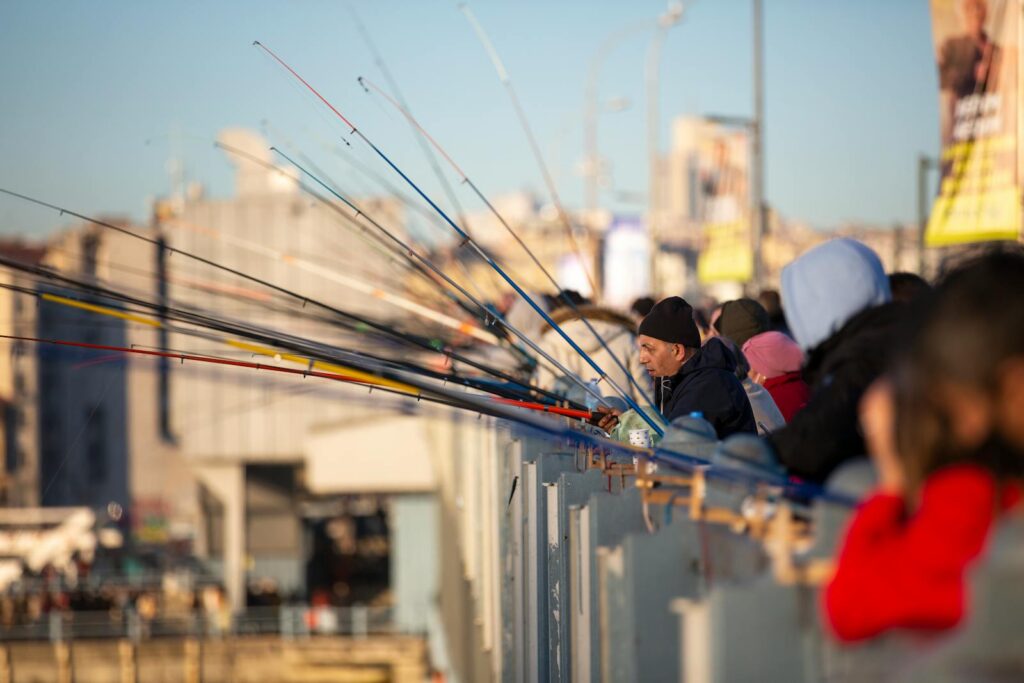
The effectiveness of different fly patterns changes dramatically with the seasons, requiring anglers to adjust their approach throughout the year. Spring often calls for nymphs imitating aquatic insects beginning their life cycles, with midges and blue-winged olive patterns being particularly effective during early season. Summer brings the height of insect activity, making diverse dry fly fishing possible with terrestrial patterns like grasshoppers, ants, and beetles becoming key producers, especially during hot afternoons. Fall sees trout becoming more aggressive as they prepare for winter, making streamers and egg patterns increasingly effective, particularly as spawning seasons approach for various fish species.
Winter demands the most technical approach, with tiny midges and small nymphs fished deep and slow becoming the most reliable producers when fish metabolism slows in cold water.
Matching the Hatch Versus Attractors

The “match the hatch” philosophy involves carefully selecting flies that precisely imitate the insects fish are currently feeding on, considering size, color, and behavior. This approach requires observation skills and entomological knowledge but can be devastatingly effective when fish are selectively feeding on specific insects. Attractor patterns, conversely, don’t necessarily mimic specific prey but use bright colors, flashy materials, or exaggerated features to trigger strikes through curiosity or aggression. For beginners or when fishing unfamiliar waters, starting with attractor patterns like Royal Wulffs, Purple Haze, or Stimulators can produce results while you study the water for hatching insects.
Many experienced anglers blend both approaches, using attractors to locate fish and then switching to more exact imitations once they’ve identified active feeding patterns.
Essential Trout Flies for Every Box
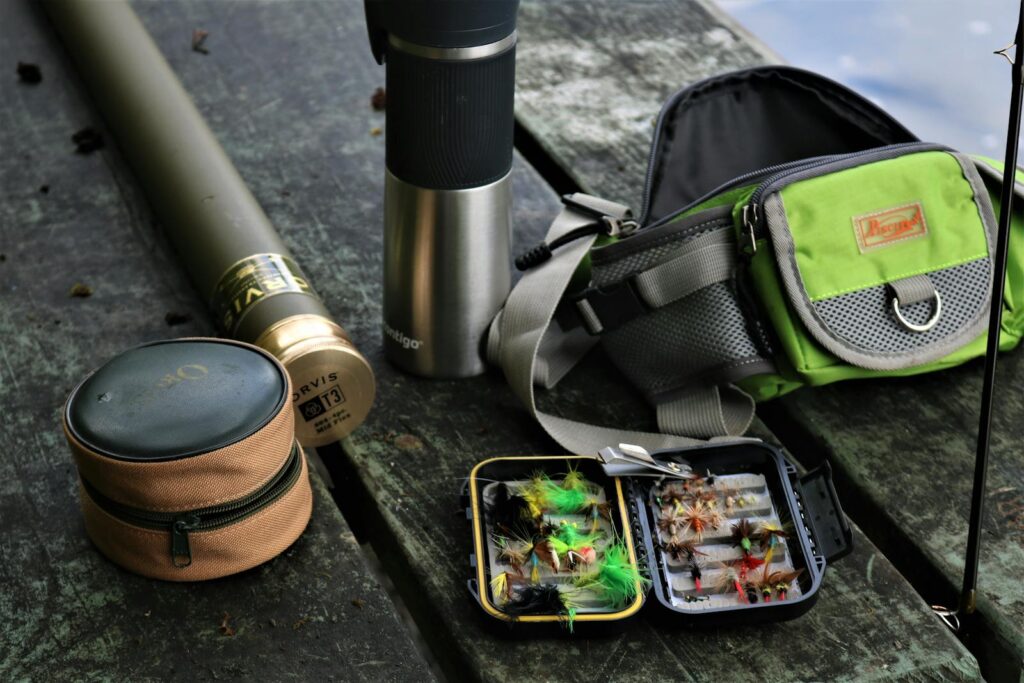
A well-stocked trout fly box should contain a selection of patterns that cover various fishing scenarios while remaining manageable. Versatile dry flies like Parachute Adams (sizes 12-20), Elk Hair Caddis (sizes 14-18), and a few attractor patterns like Stimulators provide surface coverage for most hatches. For subsurface fishing, Pheasant Tail Nymphs, Hare’s Ear Nymphs, Zebra Midges, and Copper Johns in sizes 14-20 will handle most nymphing situations effectively. Include a selection of streamers like Woolly Buggers (black, olive, and brown in sizes 6-10) and some specialized patterns like egg flies or San Juan Worms for challenging conditions.
Having multiple sizes of each pattern is often more important than having numerous different patterns, as matching the size of natural insects frequently matters more than having perfect color matches.
Bass and Warmwater Species Flies
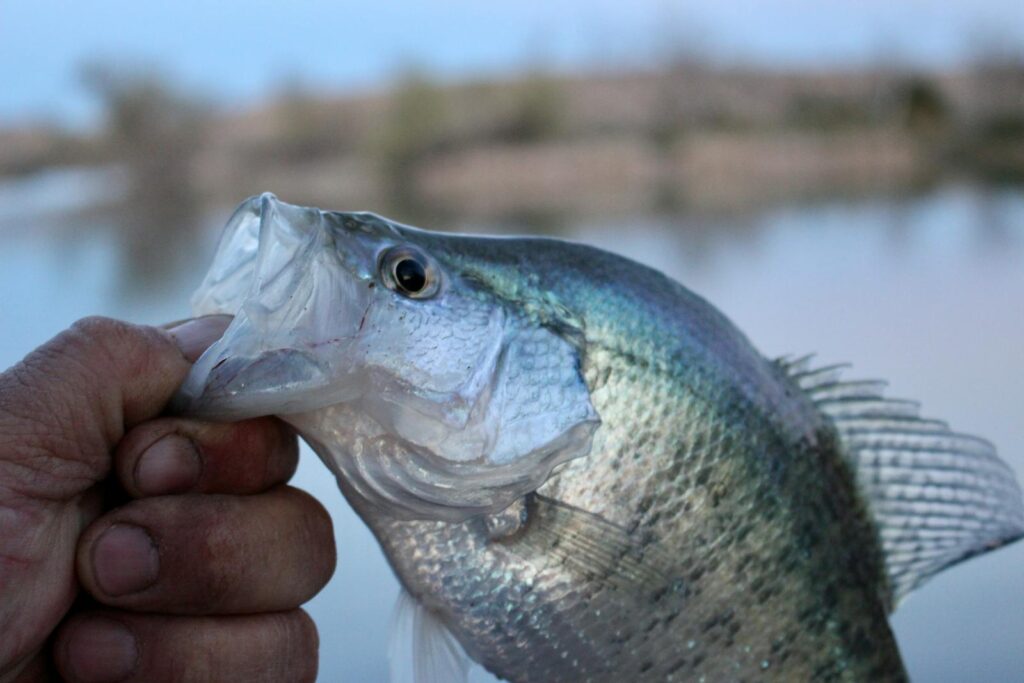
Fly fishing for bass and other warmwater species requires a different approach than trout fishing, with larger, more durable flies being the norm. Poppers and divers with rubber legs in frog, mouse, or baitfish patterns create exciting surface strikes from aggressive bass, particularly during morning and evening hours. Subsurface flies like Clouser Minnows, Deceiver patterns, and Wooly Buggers in sizes 2-8 effectively imitate the baitfish that form the primary diet of predatory warmwater species. Crayfish patterns like the Clouser Crayfish or Whitlock’s Near Nuff Crayfish are particularly effective for smallmouth bass, which often feed heavily on these crustaceans.
Weedless designs featuring hook guards or specialized hook configurations are essential when targeting species in the vegetation-rich environments where many warmwater fish thrive.
Saltwater Fly Selection Principles

Saltwater fly fishing demands specialized patterns designed to withstand aggressive saltwater predators and harsh marine conditions. Baitfish imitations like Clouser Minnows, Lefty’s Deceivers, and EP Baitfish form the backbone of most saltwater fly boxes, with sizes and colors matched to local forage species. Crab and shrimp patterns such as Merkin Crabs, Gotchas, and Crazy Charlies are essential when targeting species like permit, bonefish, and redfish that feed on crustaceans in shallow waters. Saltwater flies generally feature corrosion-resistant hooks, synthetic materials that shed water for easier casting, and more durable construction to withstand the powerful jaws of ocean predators.
When selecting saltwater flies, prioritize patterns with strong silhouettes and movement in the water, as oceanic predators often make split-second decisions based on profile and action rather than detailed color matching.
Fly Size and Presentation Factors
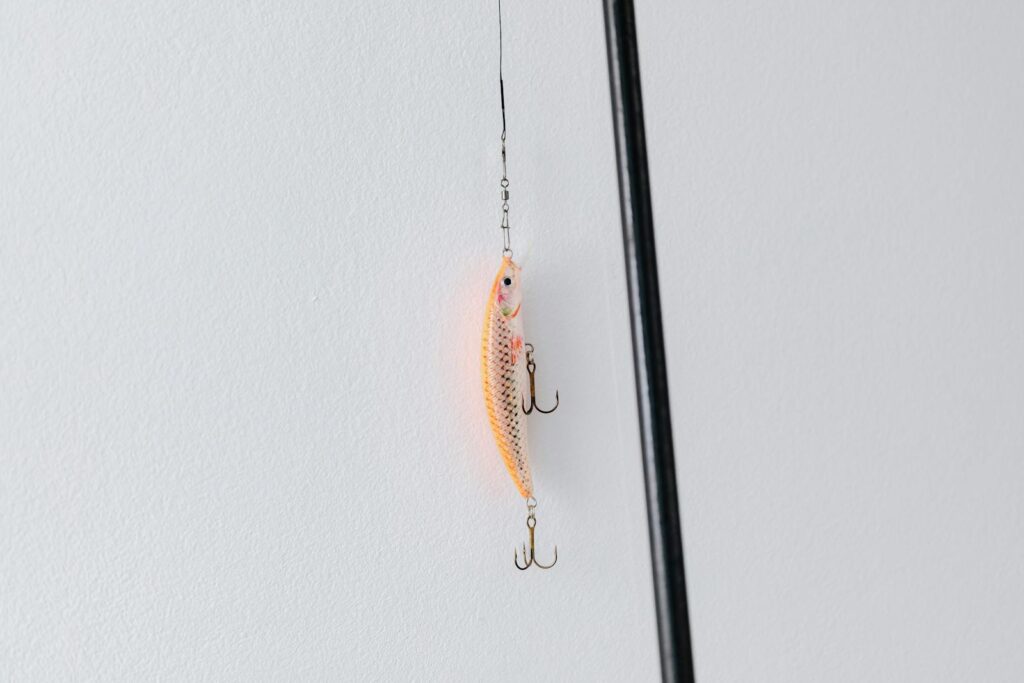
The size of your fly often matters more than the specific pattern, particularly when fish are feeding selectively during hatches. As a general rule, it’s better to fish a fly that’s slightly too small rather than too large, as fish tend to refuse oversized offerings more readily than undersized ones. Presentation factors like drag-free drifts (for dry flies and nymphs) or retrieval speed (for streamers) frequently determine success more than having the “perfect” fly pattern. Water clarity significantly impacts fly selection – clear water generally calls for smaller, more realistic patterns while murky or stained water allows for larger, more visible patterns with more contrast.
Experienced anglers often say that “how you fish a fly is more important than which fly you fish,” emphasizing that even the perfect imitation will fail if presented unnaturally to the target species.
Tying Your Own Flies Versus Buying

Fly tying offers anglers the ability to customize patterns to local conditions and potentially save money for those who fish frequently. Learning to tie flies connects anglers more deeply to the sport’s traditions and provides greater understanding of insect imitation principles that inform better on-stream decisions. Commercially tied flies have reached impressive quality levels in recent years, with specialized manufacturers producing consistent, durable patterns that satisfy most fishing needs. Many anglers adopt a hybrid approach – buying standard patterns commercially while tying specialized or custom patterns that might not be widely available.
For beginners, starting with purchased flies allows focus on developing casting and presentation skills before adding the complexity of tying, though simple patterns like Woolly Buggers and basic nymphs make excellent first tying projects.
Reading Water to Determine Fly Selection

The characteristics of the water you’re fishing should heavily influence your fly selection strategy. Fast riffles and pocket water often call for attractor patterns and larger nymphs that can be easily seen by fish in turbulent conditions. Slower pools and glassy tail-outs typically demand more precise imitations and delicate presentations as fish have more time to inspect potential food items. Stream bottoms provide crucial clues – turning over rocks to examine the actual aquatic insects present gives direct insight into appropriate fly patterns for that specific section of water.
Water temperature dramatically affects insect activity and fish feeding behavior – cold water (below 50°F) often calls for smaller midges and nymphs fished slow and deep, while warmer water activates a wider range of insect species and more surface feeding opportunities.
Ethical and Practical Considerations
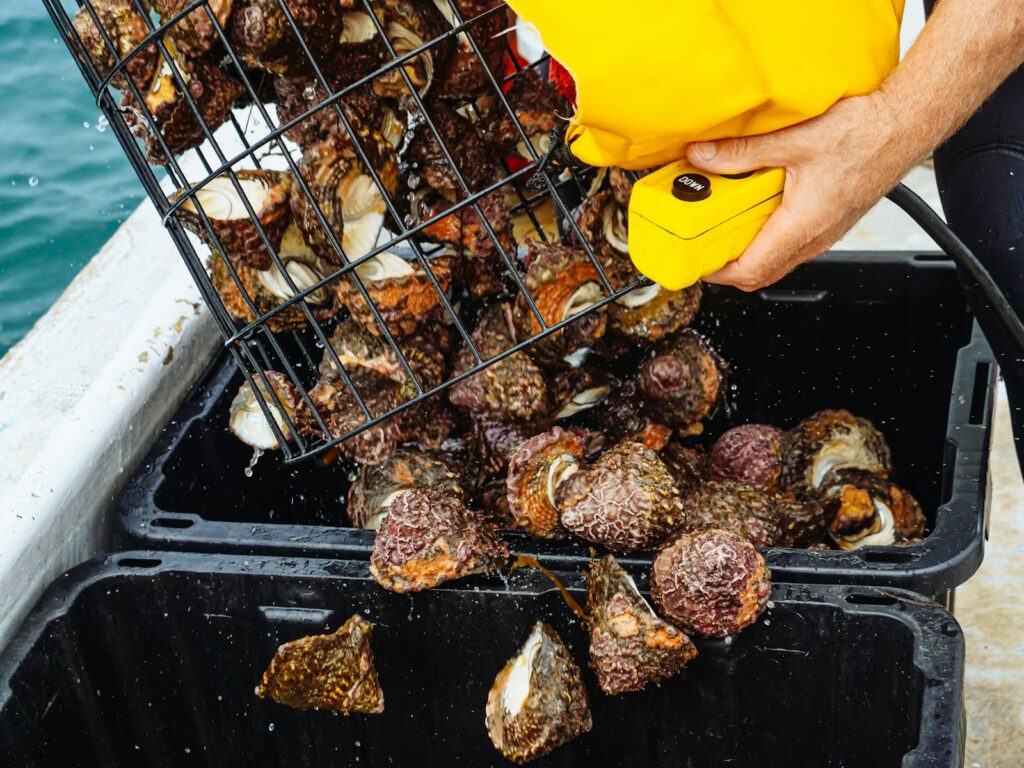
Ethical fly selection includes using barbless hooks or pinching barbs, which significantly reduces harm to fish being caught and released. Single-hook flies are generally preferred over treble hook designs for both environmental considerations and practical hook-set success rates in fly fishing scenarios. When fishing pressured waters, downsizing flies and using longer, finer leaders often becomes necessary as fish become more selective after experiencing catch-and-release pressure. Consider the ecological impact of certain materials – many modern synthetic materials provide excellent alternatives to threatened animal species that were traditionally used in classic fly patterns.
Supporting fly shops that source ethically tied flies, particularly from communities where fly tying provides important income, represents another dimension of responsible participation in the sport.
Building a Versatile Fly Collection
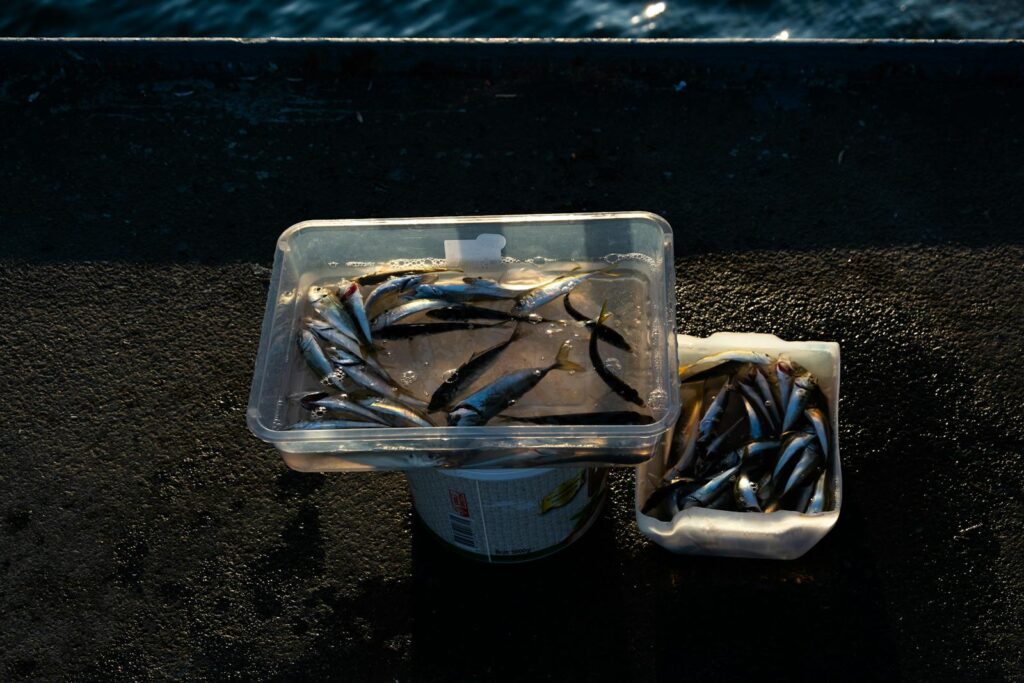
Rather than accumulating hundreds of fly patterns, focus on building a versatile collection of proven performers for your local waters. The concept of “confidence flies” – patterns you’ve had success with and trust – should form the core of your selection, as confidence often translates directly to more careful presentation and attention. Organize your fly boxes by type (dry, nymph, streamer) and size rather than by specific pattern to make stream-side selection more efficient when conditions change. Maintaining detailed records of successful patterns, conditions, and locations helps refine your selection over time and builds a personalized knowledge base.
Remember that even the most extensive fly collection only becomes valuable when matched with knowledge of when and how to fish each pattern effectively – a modest selection of versatile flies in the hands of a knowledgeable angler will consistently outperform a vast array of flies used without understanding.
Conclusion

Selecting the right fly represents both science and art – combining entomological knowledge with an intuitive understanding of fish behavior. While certain patterns have proven their worth across decades and diverse waters, the “best” fly on any given day depends on numerous factors including water conditions, feeding patterns, and presentation skills. As you develop as an angler, your fly selection will evolve from a bewildering array of options to a refined understanding of which patterns deserve confidence in specific situations.
Remember that observation often proves more valuable than your fly box – taking time to study the water, identify insect activity, and observe fish behavior will guide you to the right fly choice more reliably than any predetermined list. Ultimately, the journey of discovering which flies work best becomes one of the most rewarding aspects of the fly fishing experience.
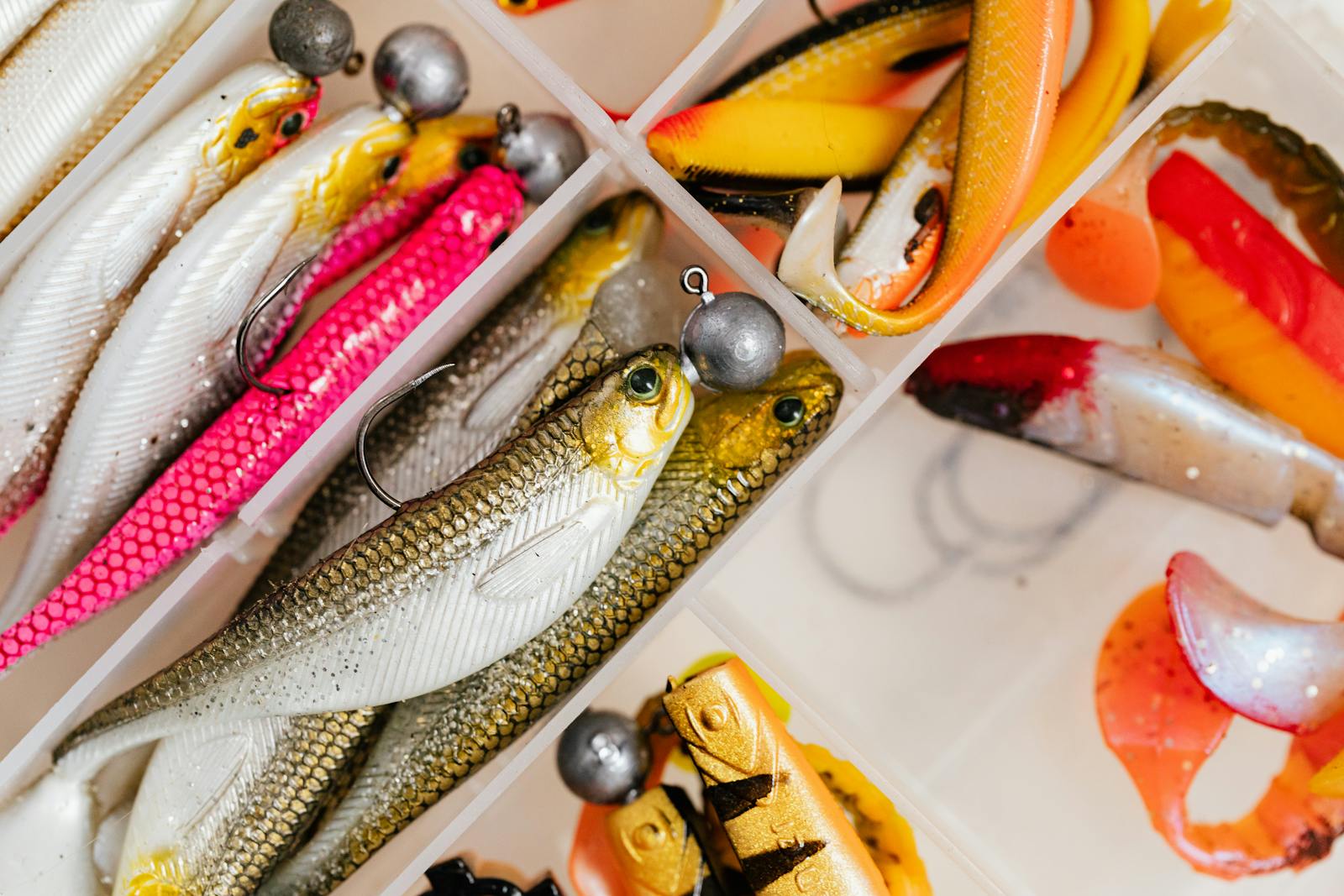


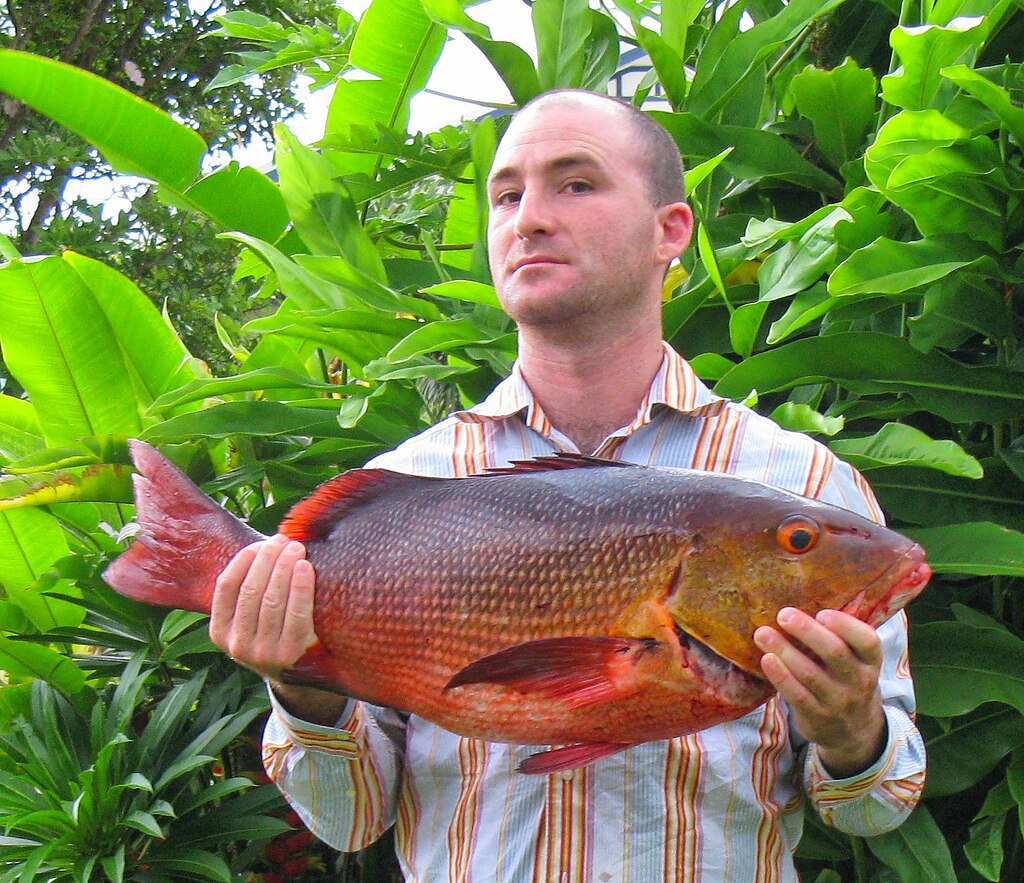










Post Comment